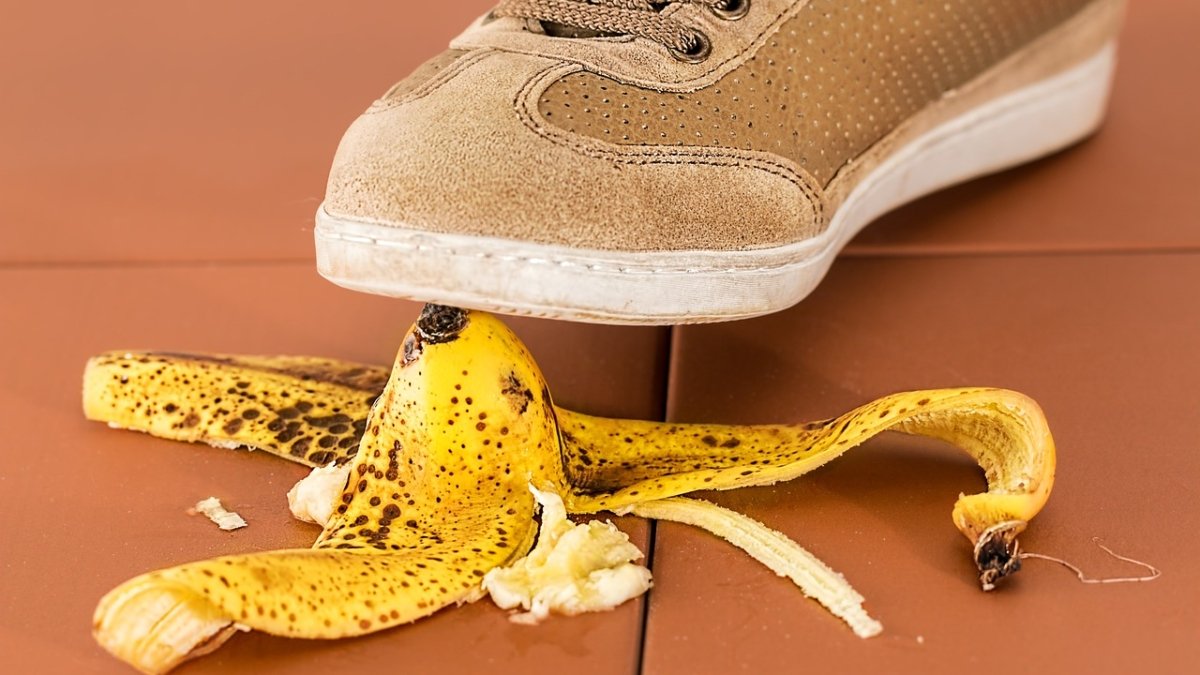When we think of dance, words like grace, beauty, and passion often come to mind. But, as with any physical activity, there are inherent risks involved. Prioritizing “dance floor safety” is crucial for any dancer, whether during practice sessions or on the stage. Here are 10 potential hazards every dancer should be aware of.
1. Slippery Floors: Waxed or polished floors might look appealing, but they can be treacherous for dancers. A slip can lead to serious injuries like sprains, fractures, or concussions.
2. Inadequate Dance Space: Cramped spaces can restrict movement and increase the risk of dancers colliding with each other or with objects around them.
3. Poor Footwear: The wrong type of shoe or a worn-out pair can compromise a dancer’s grip on the floor, increasing the risk of slips and falls.
4. Faulty Props and Equipment: Props that haven’t been inspected or secured can fall over or malfunction, potentially harming dancers during a routine.
5. Overhead Rigging Issues: For aerial dancers or performances with suspended props, any malfunction in the overhead rigging can be catastrophic.
6. Inadequate Warm-Up: Dancing without a proper warm-up can lead to muscle strains or ligament injuries. This underscores the importance of preparing the body before any intensive movements.
7. Intense Lighting and Visual Effects: Bright stage lights or strobe effects can disorient dancers, leading to missteps or collisions.
8. Costume Malfunctions: Loose costume elements, like long scarves or unrestrained hair, can get tangled, trip dancers, or even obstruct vision.
9. Wet or Contaminated Surfaces: Spills or residues, even from fog machines, can make the dance floor treacherous, emphasizing the importance of checking the stage before any performance.
10. Inadequate Rest Breaks: Dancers pushing their limits without adequate rest can suffer from exhaustion, dehydration, or even heatstroke in hot conditions.
Conclusion: While dancing is a celebration of art and movement, “dance floor safety” should never take a backseat. Being aware of these potential hazards and taking proactive measures can ensure that every pirouette and leap is executed not just with grace, but with safety in mind.

